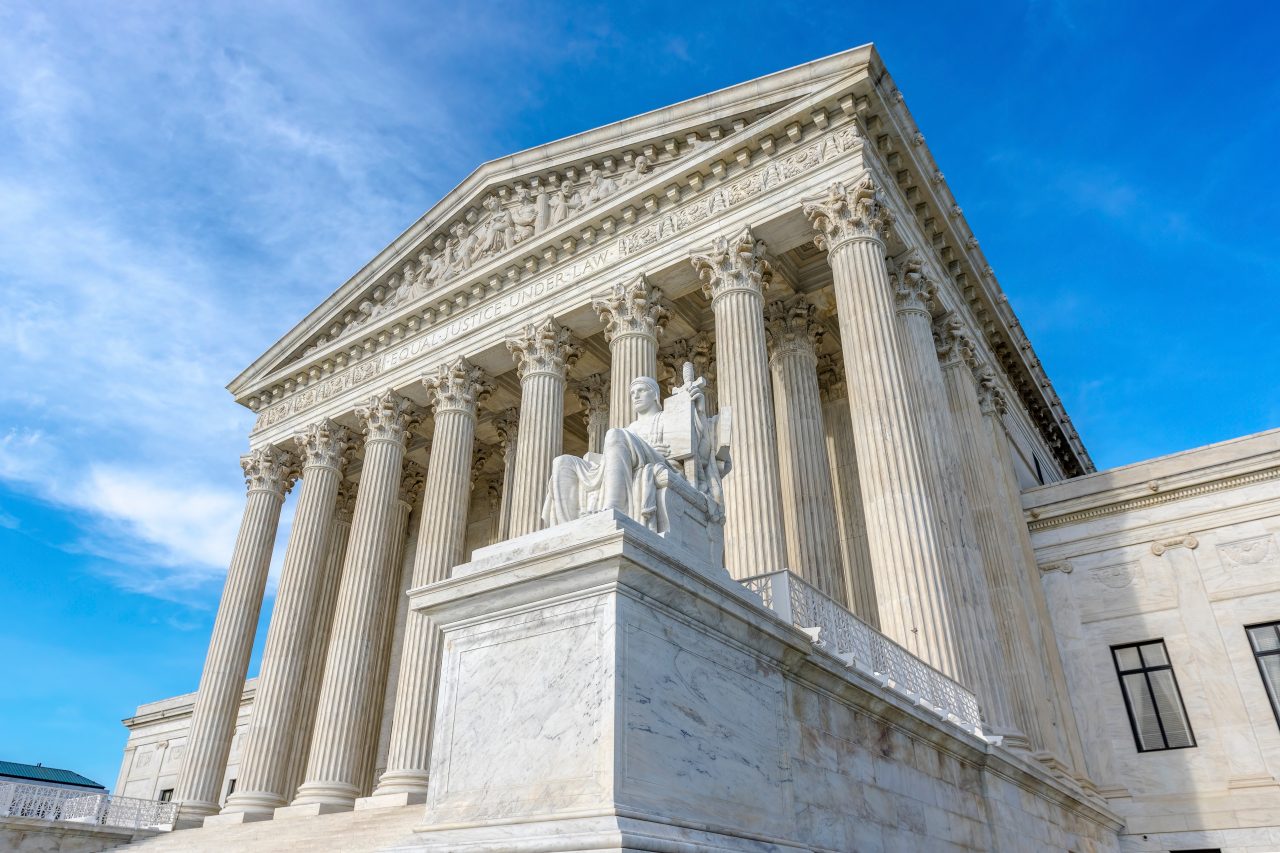
Affirmative Action
U.S. Doubles Down Against College Rights
In just the last few weeks, the United States Supreme Court has reached a conclusion: they have overturned the ongoing and historic programs that have paved away for historically discriminated against groups to seek a level of higher education. Gambling the cost of representation of Black and Latino students in U.S. universities.
What is Affimative Action?
Education Equality is a strong part of the conversation that leads to a more fruitful and diverse educational experience. With affirmative action, there were steps taken that would allow for U.S. Universities to take into consideration the race of an applicant to promote great representation on a college campus. This action caused for a larger amount of enrollment for students and family that before would have never dreamt up.
Though this action was never one that was easily settled in the courts, with conversations like this having roots in the early days of U.S. University. With the conservative side of the topic stating that, the consideration of race leads to people with great academic performance to fulfill a spot at a Uni. Though on the Liberal side of the conversation there are people like Justice Sonia Sotomayor saying:
“Ignoring race will not equalize a society that is radically unequal… Equality requires acknowledgment of inequality”
Knowing that there are roots deeper than the last few weeks of delegation, there must be perspective into the history of Affirmative Action.
The History
This is something that has been in conversation for decades now. With that there being said, a historic case in 2003 overturned a ruling that was made in the case between Grutter v. Bollinger, and the case against the University of Michigan in 1997. Though this is not the earliest we see this conversation come up in the courts, 1978 included a case that allowed for basic consideration of race. Upon applications this allowed for the furthering of opportunity for those that historically have not had the same chances for success in America. With some of the more recent history being in the controversial case of UCLA, and again at the University of Michigan (UM) in 2021.
The Ruling
The court has made this ruling with a claim of both schools violating the Equal protection Clause of the US Constitution and henceforth the ruling was claimed to be unlawful.
“It wasn’t perfect, but there’s no doubt that it helped offer new ladders of opportunity for those who, throughout our history, have too often been denied a chance to show how fast they can climb”
Michelle Obama, Former First Lady
On June 29th, 2023 the courts ruled 6-2 against Harvard in saying that they use race to make choices on the admission of their students. As well, the court ruled 6-3 against the University of North Carolina, also on the basis of UNC making decisions for the admissions of their students based on race and ethnicity. Despite this choice, it was stated many times in the ruling that one will still be able, while in the process of applying, to include an essay or another form of communication that speaks on the hardships of discrimination within the US.
Who’s Affected?
A choice like this is not one to be taken lightly – for many, this lays out a very different future for many families in the US. With that, colleges and Universities may no longer have the right to consider race in the decision upon applications. This will no longer allow schools to have the desire of a diverse campus.
An example of this in 1996: when California used the 10th amendment to ban affirmative action. According to the New York Times UCLA’s campus had a Black undergraduate enrollment of a mere 7% in 1996. Though after the ban those numbers dropped to 4%. A very similar situation in 2021 at UM, seeing the same reduction in Black student enrollment.
On the contrary, the majority supreme court points to a place of the 14th Amendment’s equality guarantees as the backing for the decision, stating that Affirmative Action is a discriminatory policy; with people like Justice John Roberts claiming:
“Both programs lack sufficiently focused and measurable objectives warranting the use of race…”
No matter, this case finds a unique significance in the age range of both university students as well as the future of U.S. universities.
The Importance of the Future
Something like this is important for many reasons, finding that the future of university campuses will look different, and knowing that Black and Latino will likely decrease in the future due to this ruling. This is based on a claim made by Julie J. Park, an associate professor of education at the University of Maryland.
The importance is more than a choice in the Supreme court, for many find themselves in a place of study, and knowing that this could change the landscape of college education. Only time will be able to tell the true direction and future of education in the U.S.
From: Ashtin Francis



